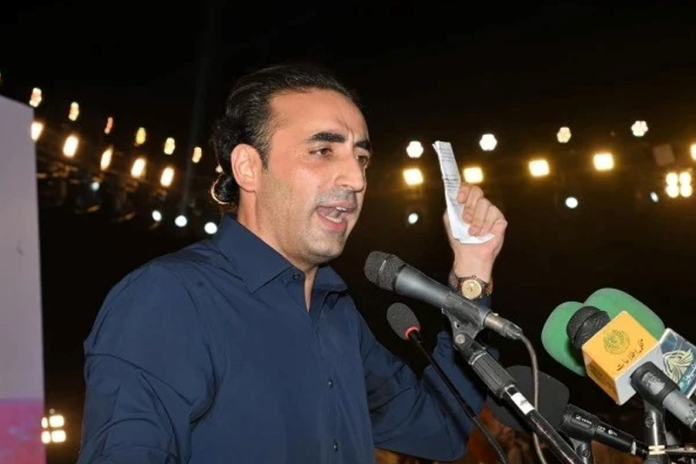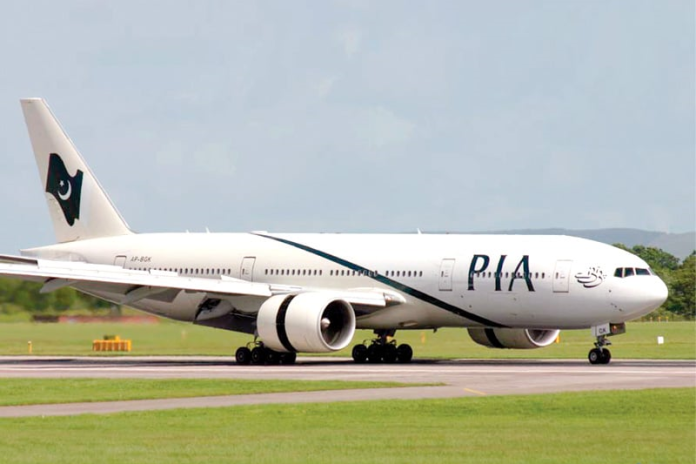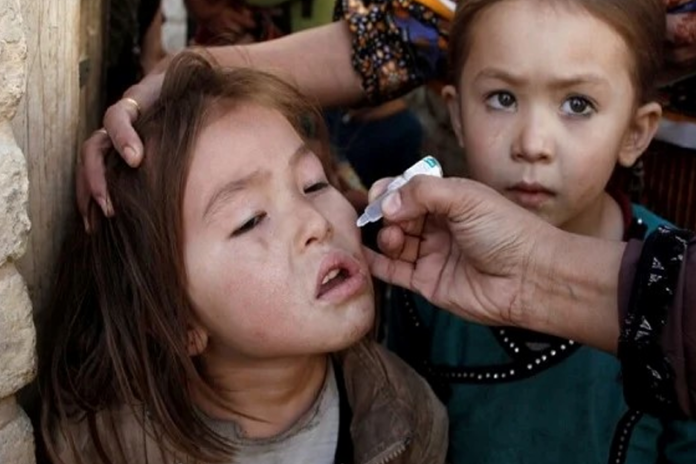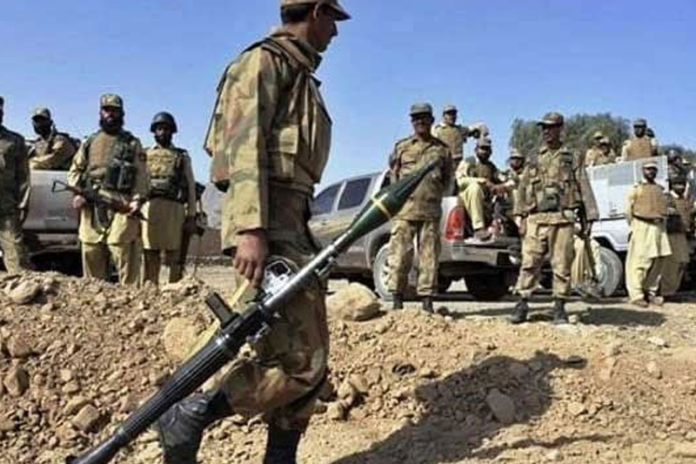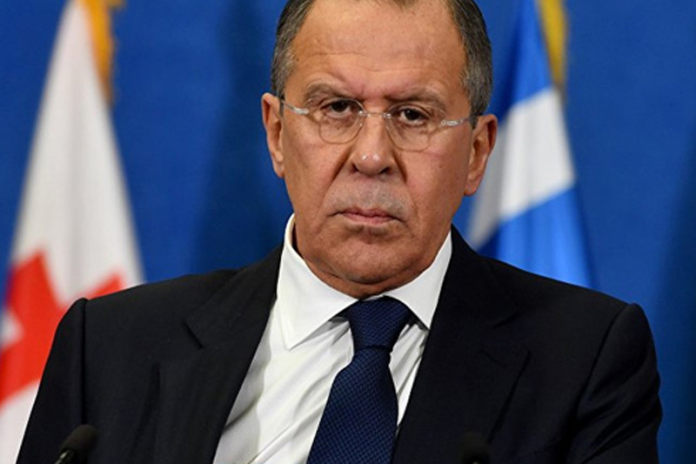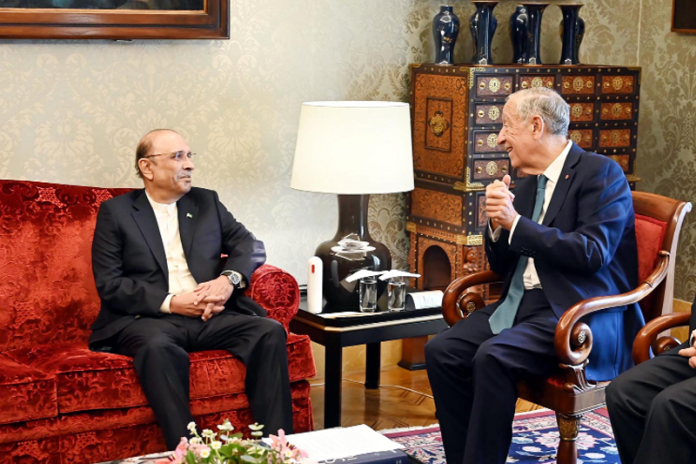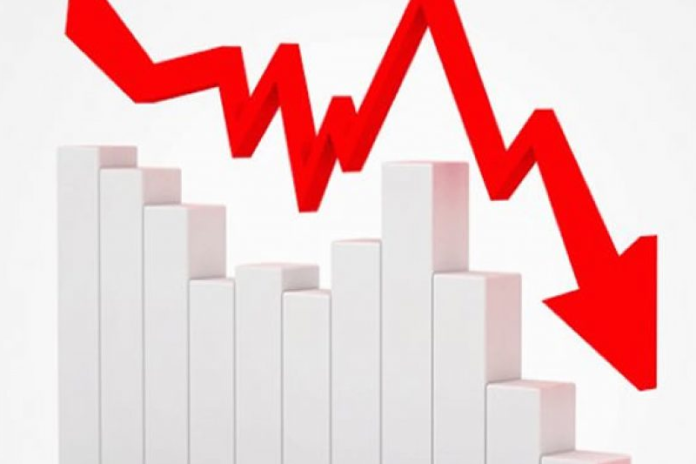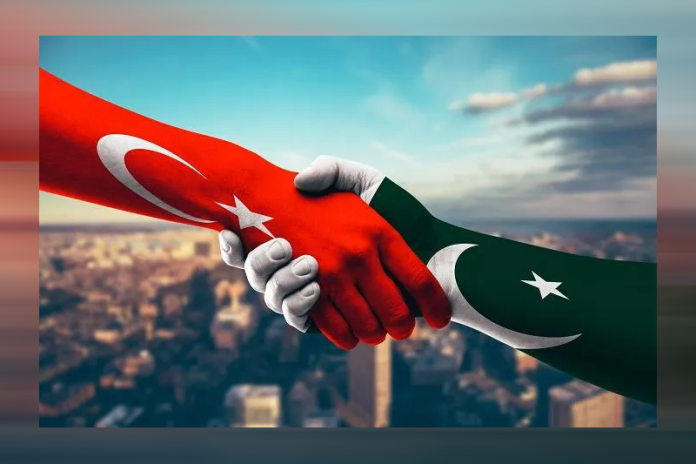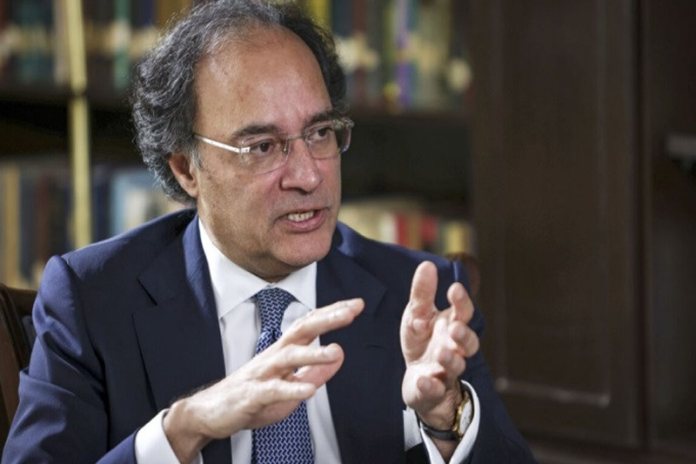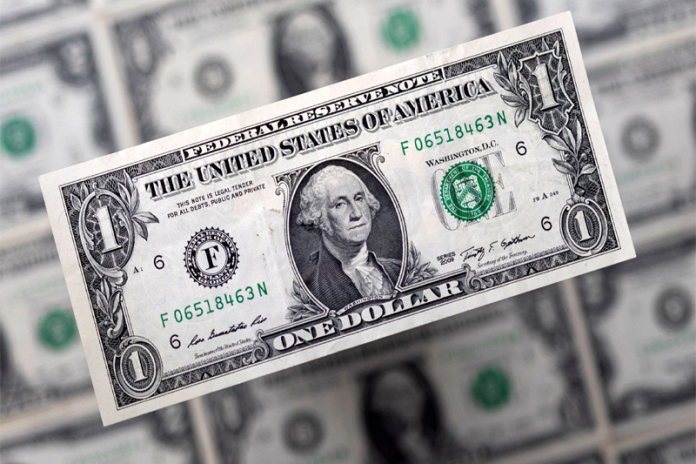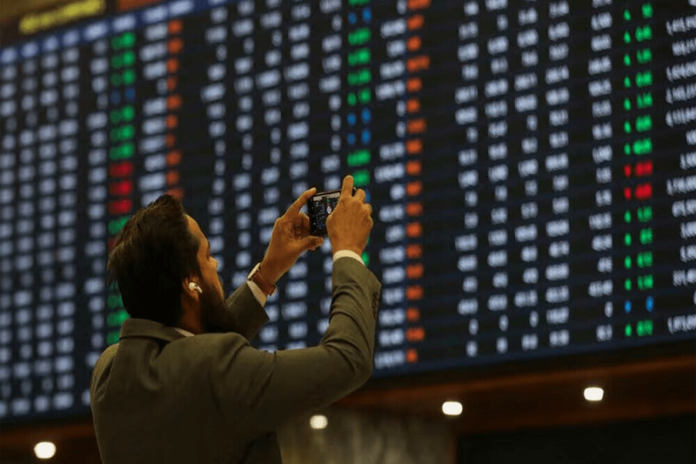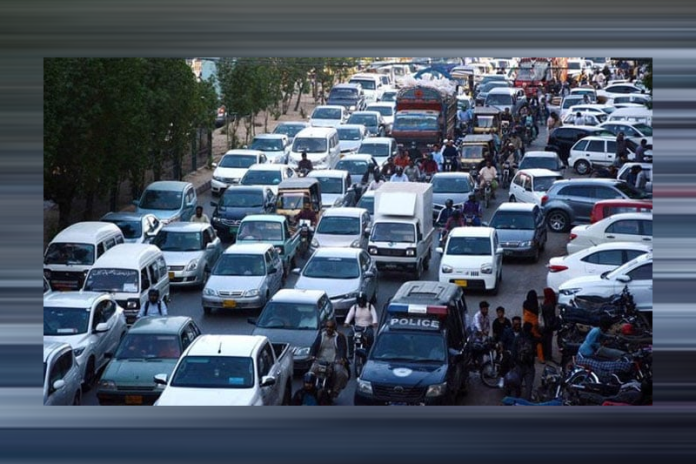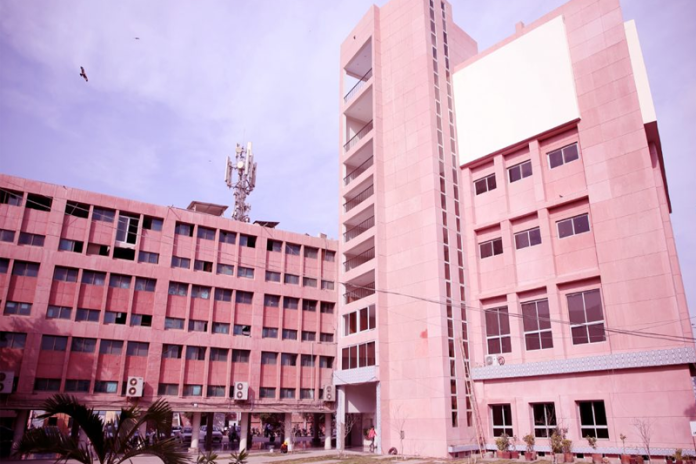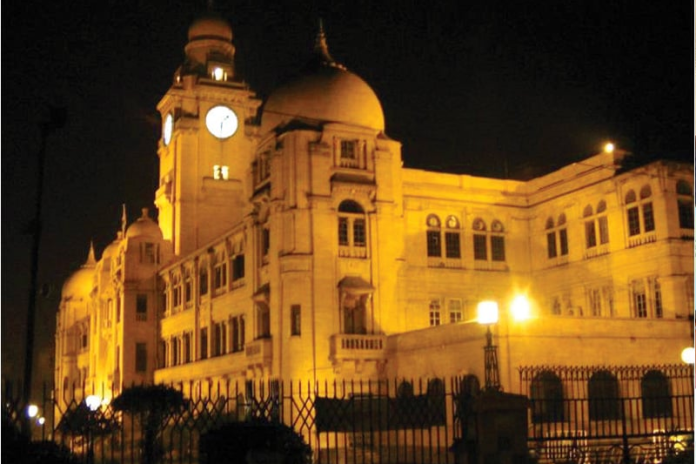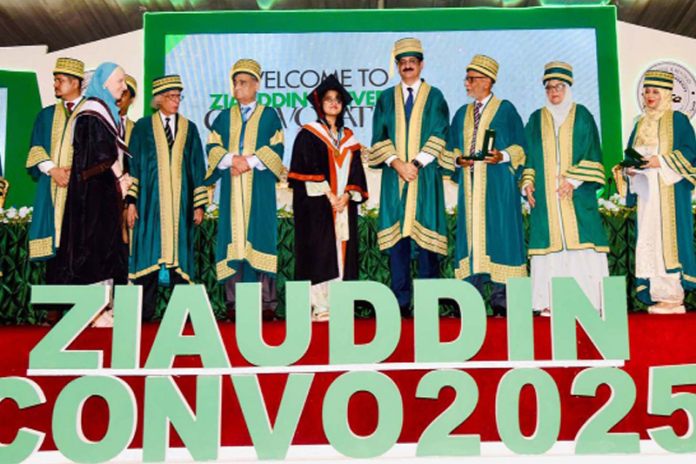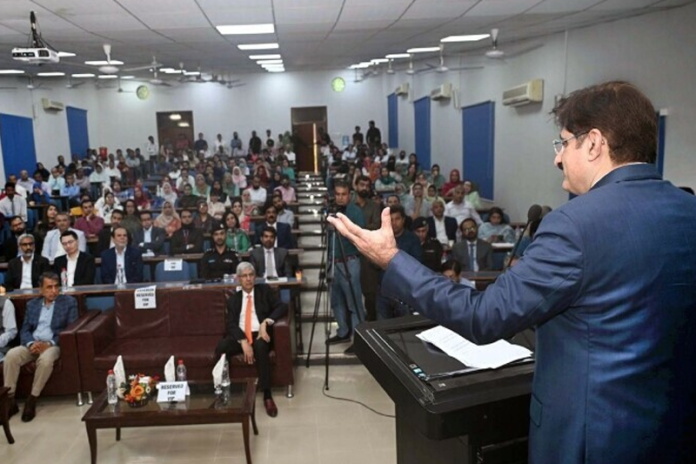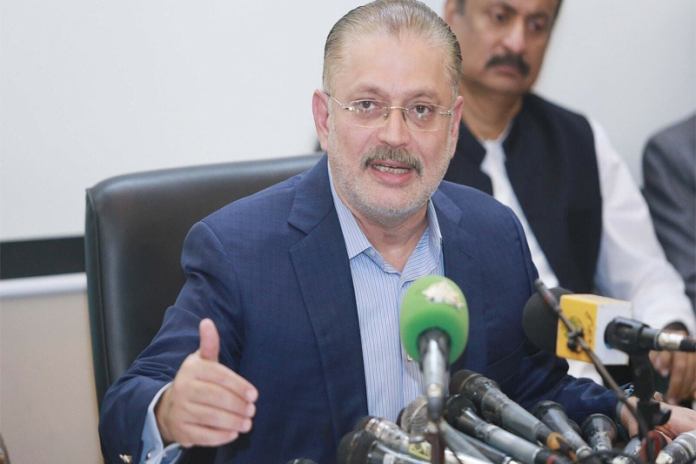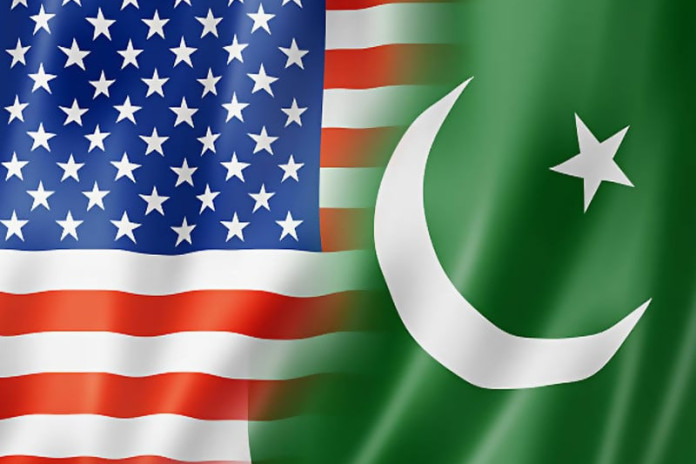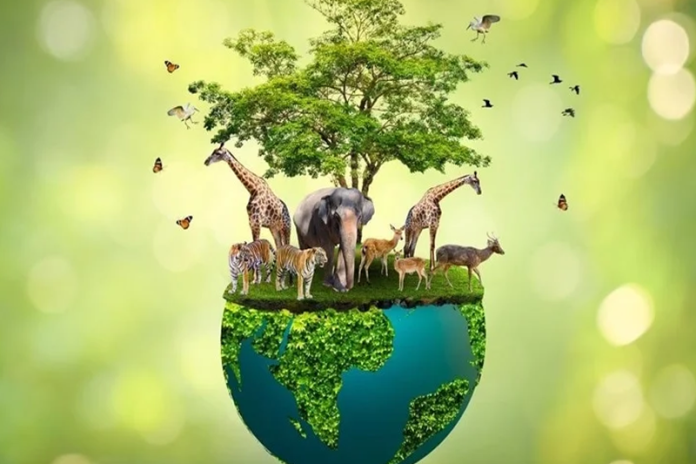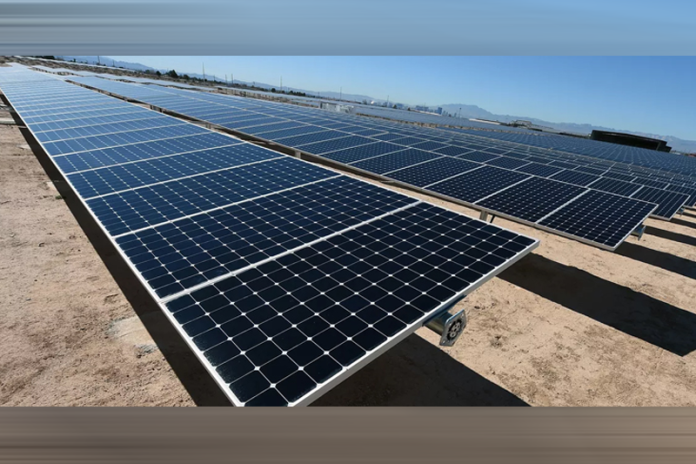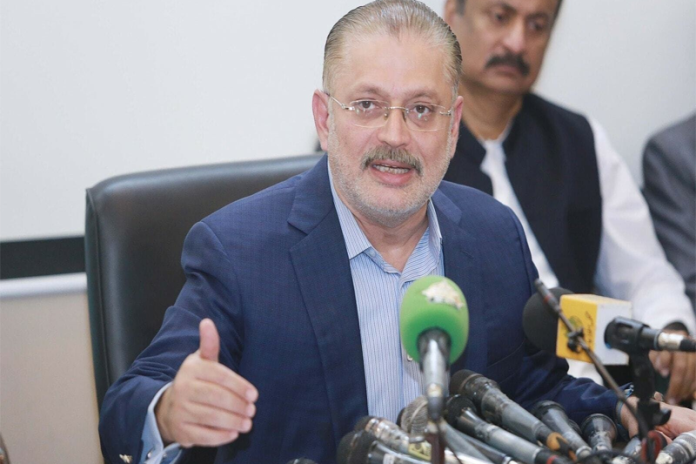Crisis of another kind
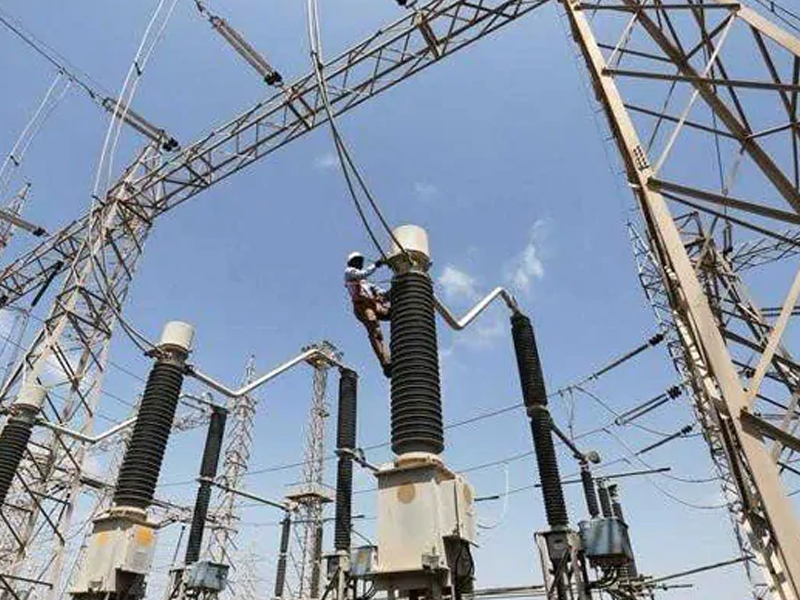
- 177
- 0
The recent crisis caused by the non-availability of gas in the country seems to be serious in the next month of January. As reported, the Italian company has informed the Pakistani authorities that due to delivery difficulties, it will not be able to provide the required cargo in time in January. Transportation can be an issues as one cannot rule out the possibility of delay but there are many examples in the world of dealing with it, while it is surprising that there is no alternative source or substitute in a country rich in mineral resources with a population of 25 crores.
Load shedding of electricity and gas, which was limited to summer and not in winter seasons in its early decades, has increased to twelve months in recent years. Gas is the most important source of energy in Pakistan and accounts for 31% of the total demand. depends on local production and imports. According to experts, behind the gas crisis in Pakistan and the severity prevailing in it is the increase in its price in the world market with the continuous decline in domestic production, while billions of tons of coal in the land. Currently, there is no cheaper source for domestic and industrial consumers. From time to time, the nation receives good news about the discovery of new oil and gas reserves, but the matter does not go beyond that. Delivery of imported gas from overseas countries by cargo. And it is possible through the pipeline from the neighboring and nearby countries, in which the latter is better and feasible in all respects. Agreements have been signed with Turkmenistan and Iran for many years, the completion of which will provide uninterrupted 24-hour cheap gas to domestic and industrial consumers. As soon as possible, the government should complete this project without any delay. Moreover, there has been 200 per cent hiki in gas prices for consumers in recent months.
Last month, the caretaker governmen met another IMF condition by raising gas prices for domestic, commercial and industrial consumers ahead of the start of negotiations with the International Monetary Fund on the economic review for the next tranche of $70 billion. Gas prices have been increased by 200% for more than a month now. In this way, an additional burden of 350 billion rupees will be imposed on the consumers. The price hike is aimed at saving gas companies from bankruptcy, ensuring gas supply at real cost and ending the flow of revolving debt of the gas sector, which is expected to reach Rs 21 trillion in June 2023. According to the announcement of the economic coordination committee of the cabinet, gas has become expensive up to 172% for domestic consumers, meter charges have been increased from 10 rupees to 400 rupees per month. 137% for commercial consumers and 193% for cement manufacturers. An increase of 86.4% was approved for exporters and 117% for non-export industries. Subsidies to the wealthiest exporters and manufacturers were certainly reduced but not completely eliminated. 1650 per mmbtu for commercial customers, price of bulk supply of gas has been increased from 1600 to 2000 rupees, for CNG from 1805 rupees to 4400 rupees, but there has been no increase in the price of commercial customers of roti tandoor. In the meeting, it was also directed to ensure uninterrupted supply of gas for the fertilizer industry. Earlier, gas prices were increased by 113% in February, which burdened consumers by Rs 340 billion. In winter, gas load-shedding and continuous increase in prices will increase the problems of the common man.
The ECC also approved the import of one million metric tons of wheat and two million metric tons of urea. The severe load shedding of electricity in summer and gas in winter days and the continuous rise in prices have made life difficult for the common man. It is common in many countries and the majority of them are states that are deprived of its production or unable to meet the desired target and are indebted to others. Despite this there is stability in prices. Pakistan is rich in oil and gas, but serious efforts should be made to find them. The poverty found in the country and the current situation demands that the IMF should withdraw from the mentioned increase in gas prices considering this 70% of the population. On the other hand, the government should initiate steps to focus on news gas discoveries so that gas resources can be increased and the supply issues can be overcome. At time when the country is faced with unprecedented energy woes, the common man is in dire situation. One wonder as to where do we go. It is fact that Pakistan is blessed with countless deposits of oil, natural gas, coal but the same has not been exploited in real of the word. As a matter of fact, the energy resources play an important role in promoting rapid economic and industrial development. Internal and external companies are also exploring oil, gas and other mineral deposits in the homeland. We used to hear about new gas deposits and the last time it was in May when we heard that despots have been discovered in Kirthar block of Dadu district of Sindh. Initially, this well will yield 7.8 mmscf of gas per day. Recently, large oil and gas reserves have also been discovered in Waziristan, Kirk and Dera Ismail Khan regions of Khyber Pakhtunkhwa, from which 39.12 million cubic feet of gas and 1840 barrels of oil can be extracted per day. Before this, apart from Sui, gas is being extracted from 13 places in Sindh and Potohar. Discovery and exploitation of new reserves will help reduce dependence on oil and gas imports and save valuable foreign exchange.
It may be mentioned here that an estimated forty percent of our energy requirement are met from indigenous gas mainly from Balochistan and Sindh.
Our main industry like cement and in generation and manufacturing of various products, chemical fertilizer, thermal power generation apart from general factories, the sued of gas is the main factor. On the other hand, the dependence on gas from Sui and Balochistan is decreased and now it is mainly met by Sindh which can be gauged from the available statistics. According to an estimate, the ratio of gas production is 70% in Sindh, 12% in Balochistan, 10% in Khyber Pakhtunkhwa and 8% in Punjab, so we need to focus on gas exploration in Sindh in particular.
According to economists, under the program given by the IMF, the government is specially focusing on enhancing the prices of fuel and electricity to cover the financial deficit, but in the process the common man will be hard pressed.
Published in The Daily National Courier, January, 01 2024
Like Business on Facebook, follow @DailyNCourier on Twitter to stay informed and join in the conversation.

